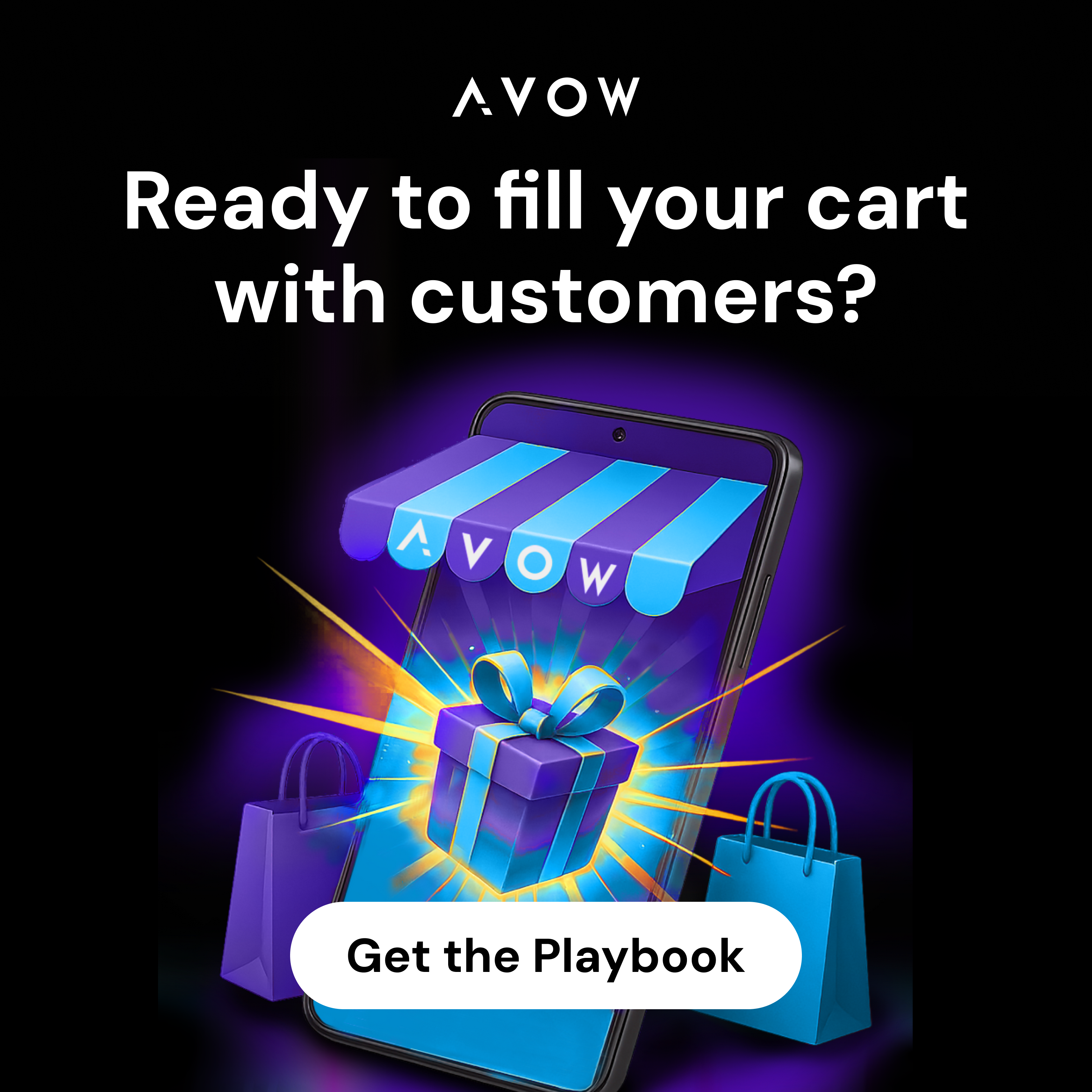Shopping Apps and E-commerce Marketing
There is an upsurge in e-commerce apps and online shopping apps. In 2022, there were 268 million online shoppers in the US alone, projected to rise to 285 million online shoppers in 2025. But it’s not just Americans who shop online. People worldwide are spending time purchasing goods and services online today.
People are addicted to their mobile phones. 80% of people carry their phones when they leave home, and 96% of smartphone users use their devices to conduct product research and check service information. 37% of the people who conduct research online purchase the product. Mobile shopping enables people to buy products or services they like without going to any physical location.
As we move further into our digital era, mobile shopping has transformed how we shop. Now, anyone with access to a smartphone or tablet can browse, compare, and purchase goods and services anytime and anywhere, opening up new possibilities for m-commerce or “mobile commerce.” This article explores all you need to know about m-commerce, from its basics to benefits, trends, and future prospects.
What is mobile shopping?
Mobile shopping refers to purchasing products or services using handheld devices like a phone or tablet. In contrast to traditional e-commerce, which often requires a desktop computer for purchases, mobile shopping enables consumers to shop anytime they please—an invaluable feature of modern retail experiences that consumers rely on today.
 Photo by Daria Nepriakhina 🇺🇦 on Unsplash
Photo by Daria Nepriakhina 🇺🇦 on Unsplash
Customers typically engage in mobile shopping via one of three platforms:
Mobile websites
These optimized versions of an e-commerce site are designed for smaller screens.
Mobile apps
Many retailers now provide apps designed specifically to offer seamless shopping experiences. These apps include features like personalized recommendations and push notifications, making shopping effortless for consumers.
Native applications
Marketplaces such as Google Play or Apple App Store provide shopping portals where consumers can purchase digital goods and services.

The rise of M-Commerce and Q-Commerce
Mobile commerce (or M-Commerce for short) refers to transactions conducted over mobile phones. Its popularity has seen exponential growth due to advances in mobile technology and consumer reliance. Mobile internet speeds and security measures have improved, as people feel much safer purchasing online using their smartphones.
Q-commerce (quick commerce) is the latest advancement of online shopping that provides goods in an exceptionally short amount of time, often under one hour. By taking advantage of advanced logistics systems, local distribution centers, and efficient delivery networks, Q-commerce apps are revolutionizing e-commerce by meeting increasing consumer demands for instant gratification – particularly popular for groceries, meals, and essential items in urban settings.
Benefits of Mobile Shopping
The proliferation of mobile shopping can be traced to its many compelling benefits:
Convenience
Mobile shopping provides consumers with unparalleled accessibility. Shoppers can shop from any device imaginable, from the comfort of their homes, while commuting to their office, or while on vacation. Mobile shopping truly puts shopping within their grasp!
 Photo by Austin Distel on Unsplash
Photo by Austin Distel on Unsplash
Speed
With just a few taps, customers can complete purchases quickly using mobile payment systems such as Apple Pay and Google Pay, speeding up checkout time. By simplifying and streamlining payment processes like these, shoppers spend less time entering payment information when making purchases. However, this is different from traditional checkout procedures.
Personalization
Mobile apps offer customized shopping experiences based on user behavior, preferences, and location. It ensures users get relevant product recommendations and targeted promotions.
Engagement
Push notifications, in-app messaging, and other features help customers stay engaged and informed of new products, sales events, and special offers.
Integration with other mobile services
Mobile shopping can easily integrate with other services, such as social media platforms like Instagram or Facebook, so that consumers can discover and purchase products directly.
Mobile shopping evolution
Since smartphones were introduced, online shopping has seen tremendous advancements. At first, mobile websites were basic and not optimized to work well on small screens. But as technology advanced, so did mobile shopping platforms’ capabilities.
Early days
In the early 2000s, mobile websites were clunky. They were also quite difficult for online shoppers to navigate due to slow internet speeds and limited functionality, making shopping experiences unpleasant for users. But thanks to 3G and 4G networks, browsing has become faster and more efficient, thus improving overall consumer shopping experiences. No wonder why there are so many online shopping apps today.
Apple’s App Store was launched in 2008, marking a monumental shift. Retailers responded quickly by developing mobile applications offering features such as push notifications, personalized recommendations, and secure payment solutions, providing shoppers with an improved overall shopping experience.
Mobile payment solutions
Apple Pay, Google Wallet, and Samsung Pay revolutionized mobile shopping by providing secure and convenient transactions. As a result, customers no longer needed to enter payment information manually!
 Photo by jaikishan patel on Unsplash
Photo by jaikishan patel on Unsplash
Mobile shopping trends
The landscape for mobile commerce is constantly shifting. Here are a few trends defining its future development:
Augmented Reality (AR)
Online shopping apps have begun using AR technology to enhance the shopping experience through mobile applications. IKEA’s app, for example, enables customers to visualize furniture before making a purchase decision.
Voice commerce
Voice-activated shopping has become more common with the advent of Siri, Alexa, and Google Assistant voice assistants. Consumers can easily search products, place orders, and track deliveries using voice-based commands to browse products, place orders, or track delivery status.
Mobile Retargeting
With this strategy, brands provide personalized ads based on potential customer’s previous interactions with their mobile app or website. This enables brands to re-engage with those who showed an interest but did not complete a purchase using their online shopping apps.
Chatbots and artificial intelligence
Chatbots equipped with artificial intelligence offer instant customer support, answer inquiries quickly, facilitate transactions efficiently, and enhance mobile shopping experiences, improving overall mobile commerce.
One-click payments
Simplified and efficient payments, such as Amazon’s one-click ordering, are becoming increasingly popular among retailers to reduce friction and increase conversion rates.
Sustainability
Customers have become increasingly environmentally conscious, reflected in their shopping behavior. Online shopping apps now focus on sustainable products and practices that appeal to eco-conscious buyers.
Challenges of using online shopping apps
Mobile shopping may offer many advantages, but it also presents several difficulties.
Security concerns
While mobile payments tend to be secure, data breaches and fraud remain. Online shopping app developers also need to implement stringent safeguards to protect customer information and meet legal compliance.
User experience
Designing intuitive and user-friendly mobile interfaces can be challenging, given the different screen sizes and operating systems used across various mobile devices and models. Poor UX can lead to cart abandonment and lost sales revenue.
Connectivity issues
Mobile shopping relies heavily on an uninterrupted Internet connection for an optimal experience and smooth purchasing experience. Poor connectivity may hamper mobile commerce and prevent online shoppers from completing transactions successfully.
Payment options
Since not all mobile payment methods are universally accepted, some can easily hinder a customer’s ability to complete their purchase.
Future of mobile shopping
Mobile shopping holds much promise in the near future as continuous innovations aim to enhance user experiences further. Here are a few developments worth keeping an eye out for:
5G technology
With 5G networks being introduced across many cities worldwide, mobile internet speeds will significantly improve, making shopping faster and more dependable than ever.
Blockchain technology
This technology has great promise as an enabler of secure, transparent transactions on mobile payment systems.
Advanced customization
By integrating AI and machine learning into online shopping apps, brands can enable even greater personalization, providing customers with tailored recommendations based on their behavior and preferences.
Virtual shopping assistants
AI-powered assistants will offer real-time assistance in helping customers locate products, answer inquiries, and complete transactions.
Seamless integration of IoT
The Internet of Things (IoT) will facilitate more integrated shopping experiences. Smart appliances, for example, could automatically reorder supplies when they run low without human intervention.
Conclusion
Mobile shopping has transformed how we buy and sell products; it represents a paradigm shift. As technology develops and evolves, online shopping apps will only get smoother, personalized, and more convenient.
Businesses now recognize how crucial it is to remain competitive in today’s ever-evolving retail landscape. For customers, the future holds even greater ease and accessibility when making online purchases!
As an established merchant looking to increase your mobile presence and take advantage of current trends, mobile shopping provides endless possibilities for growth and convenience.
Ready to elevate your mobile shopping app’s visibility? Discover our mobile OEM advertising services and reach your target audience effectively. Contact us today!
Want to unlock the full blueprint of how to build and market a shopping app? Discover all the secrets in our article on How to Create the Best Online Shopping App.
Take the Next Step Marketing Shopping Apps
Want to go deeper into strategies for growing your shopping app? Download our Mobile OEM Advertising Playbook for E-commerce Apps to discover how to reach more shoppers, drive more installs, and stay ahead of the competition.

About the Author








 Photo by
Photo by